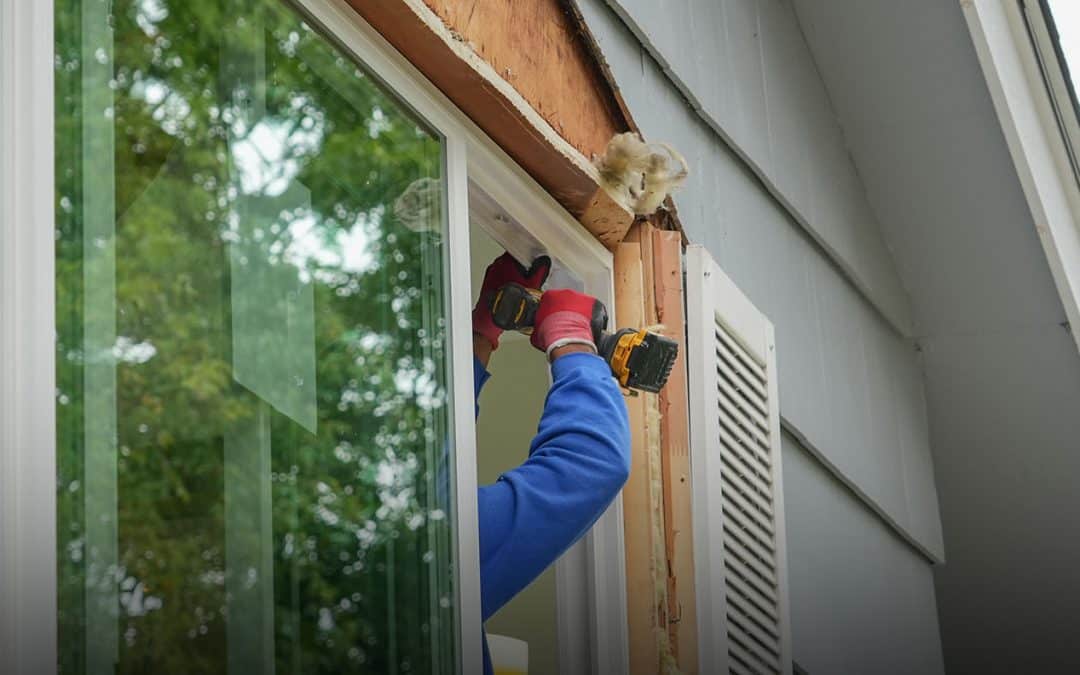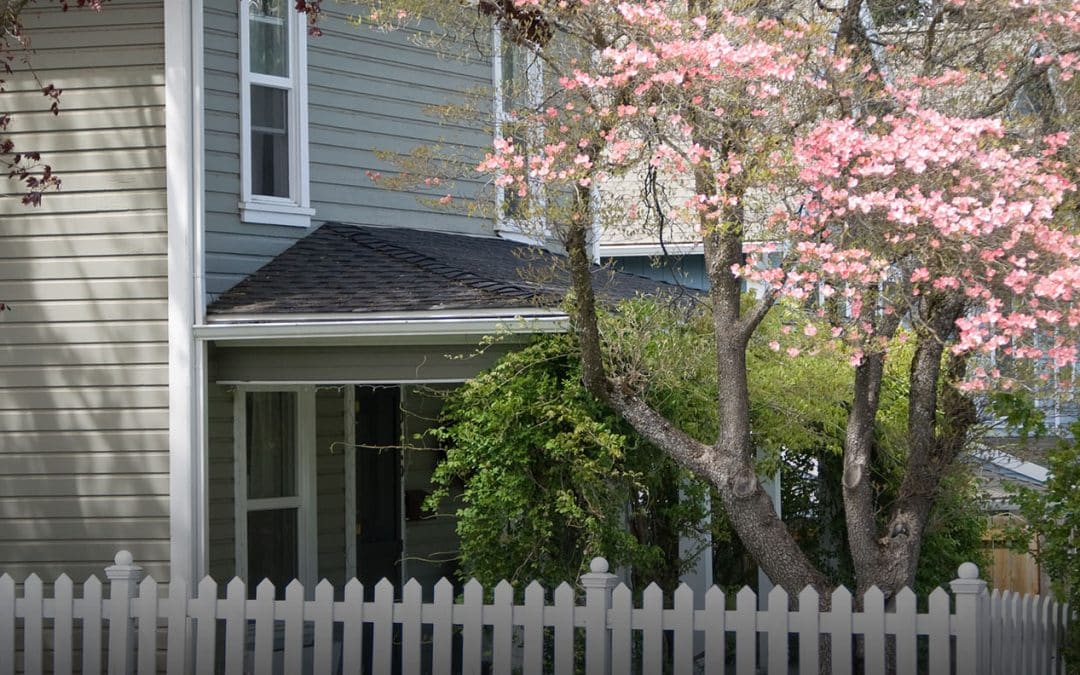It was a typical Tuesday morning commute with stop and go traffic for 10 miles. But Frank Keegan was late and distracted, making calls and fiddling with his phone, looking at his traffic app, as he made his way to a meeting. He didn’t know there was a line of cars stopped ahead. Ten years ago it surely would have ended badly with serious injuries, not to mention severe damage to his brand new Toyota.
Fortunately, though, his car was even smarter than his phone. It alerted him of a stopped object ahead and helped apply the brakes. He still tapped the car in front of him and exchanged papers with the other driver, who wasn’t very happy. But it could have been so much worse.
“It was a wake-up call,” he said. “I can’t imagine how bad it would have been without that safety technology. My phone stays firmly in my bag during my drive now.”
From back-up cameras and lane departure warning systems to forward collision alerts and automatic emergency braking, cars are preventing, or minimizing, accidents every day.
So why does it seem auto insurance rates are on the rise?
There are a few factors but the short answer is, lots of cars having lots of collisions.
There are 254 million automobiles on U.S. roads. More than 86 percent of U.S. households have at least one car for every driver in the home. With all those cars we’re logging more miles – 3.1 trillion miles a year.
More miles on the roads means more accidents. There were 6.2 million accidents reported to police last year. Many of those were caused by distracted driving, like our friend Frank above. Some estimates suggest 36% of all drivers text and drive.
The costs of those accidents are rising rapidly. Industry-wide, insurance companies have been paying $1.05 in costs for every $1 in premium revenue.
All those really important advances in technology come at a cost, and not just on the sticker price.
There is more complexity to our cars than ever before and all that technology is more expensive to replace. Think about your first car from years ago. If that delivery truck sideswiped you on the street and your mirror was destroyed, it was a pretty simple replacement. Today, that same accident is expensive, especially if Blind Spot Detection is built into the mirror. More elements to replace, costly parts and higher labor costs mean more expensive repairs, 2.7% higher than last year.
Insurers, like us, will continue to evaluate rates to make sure we are able to keep up with the increasing cost of accidents all while balancing our ability to offer reasonably priced coverage to customers.
In the meantime, make sure that really cool safety technology is paired with smart, safe driving.

Sources:
National Safety Council
NHTSA
Consumer Reports
Bloomberg
AAA
Car MD
iii.org


